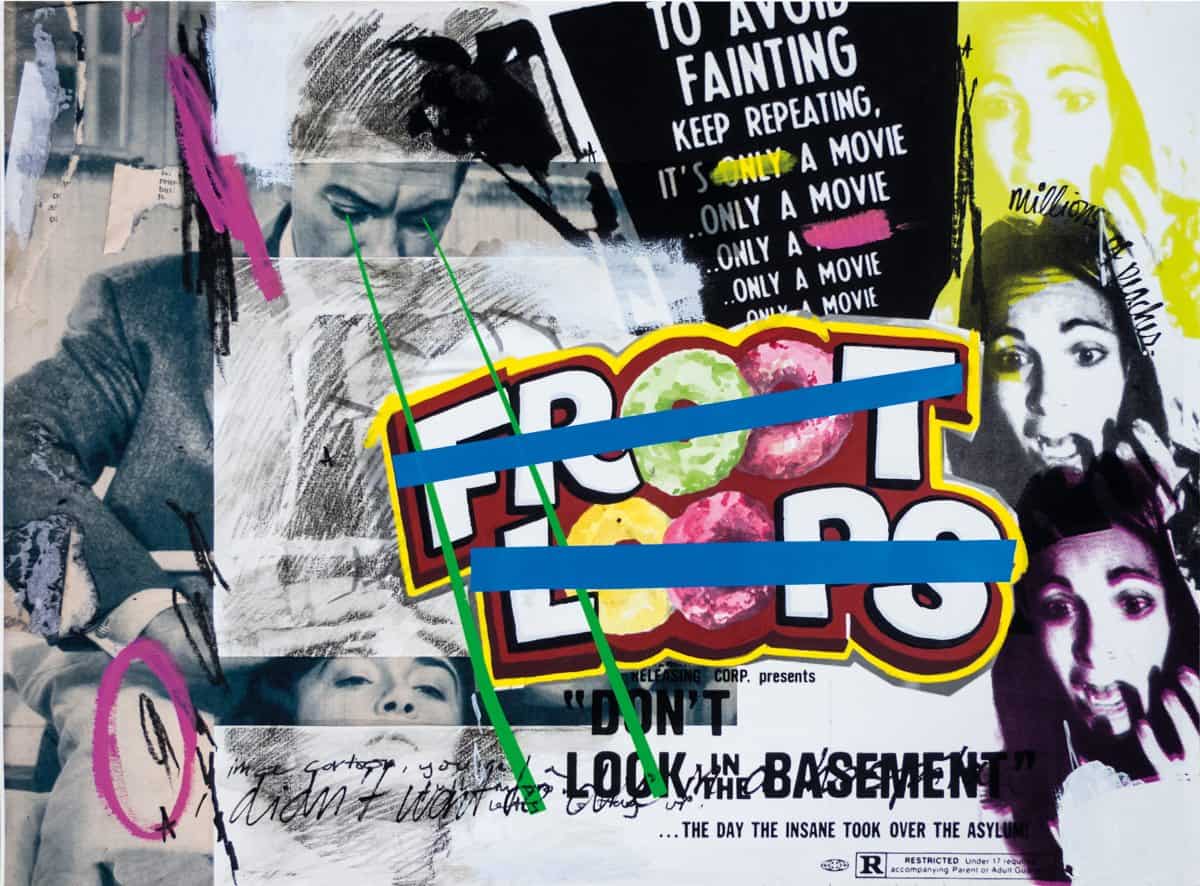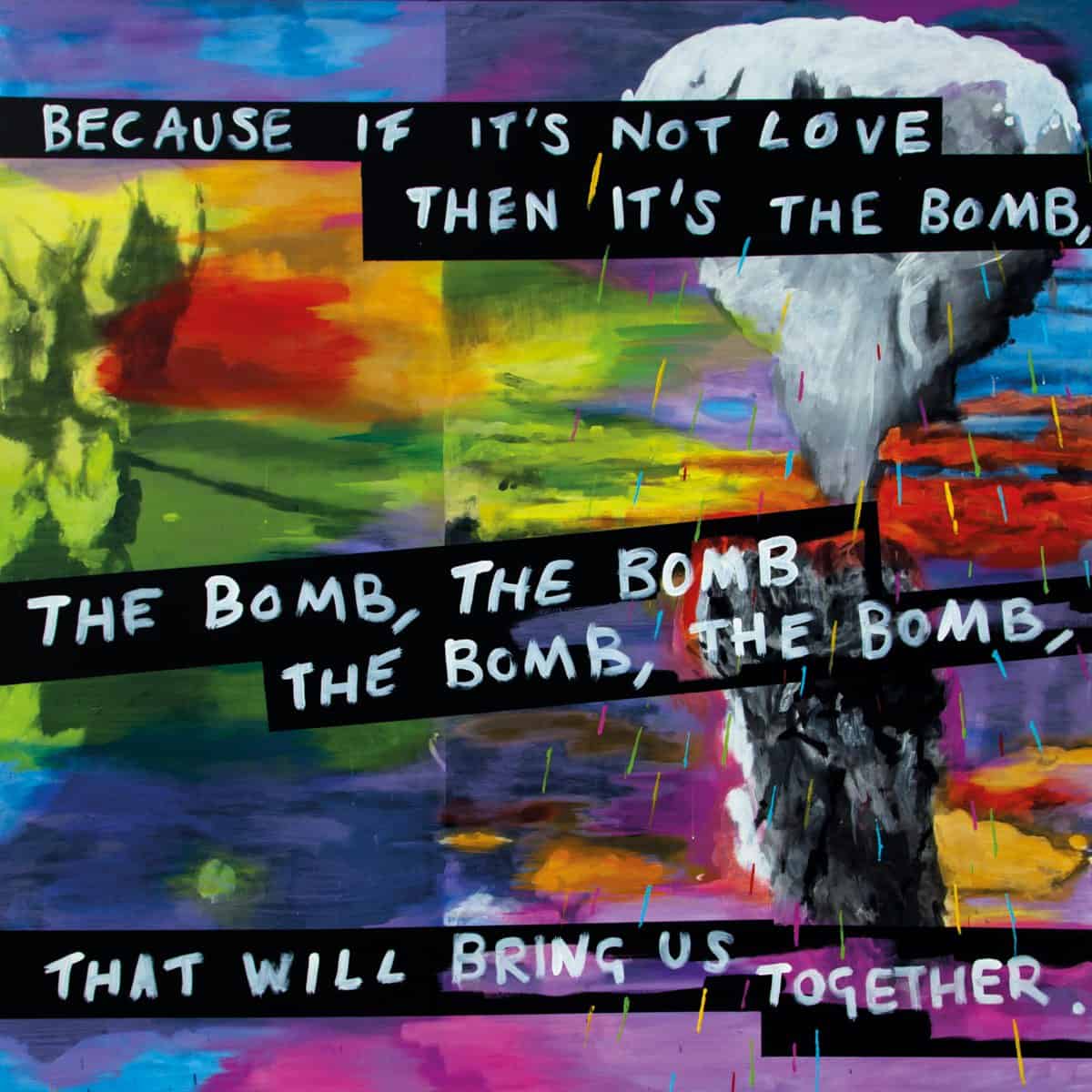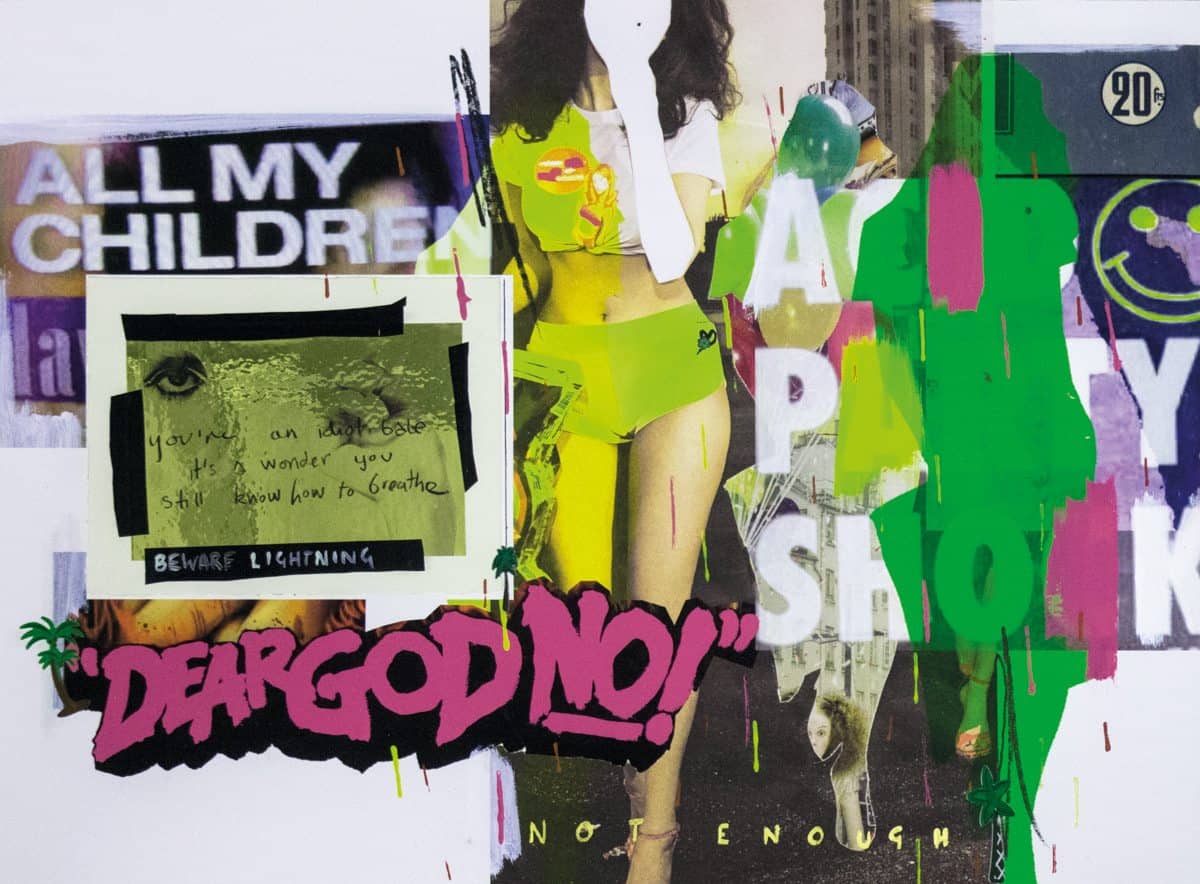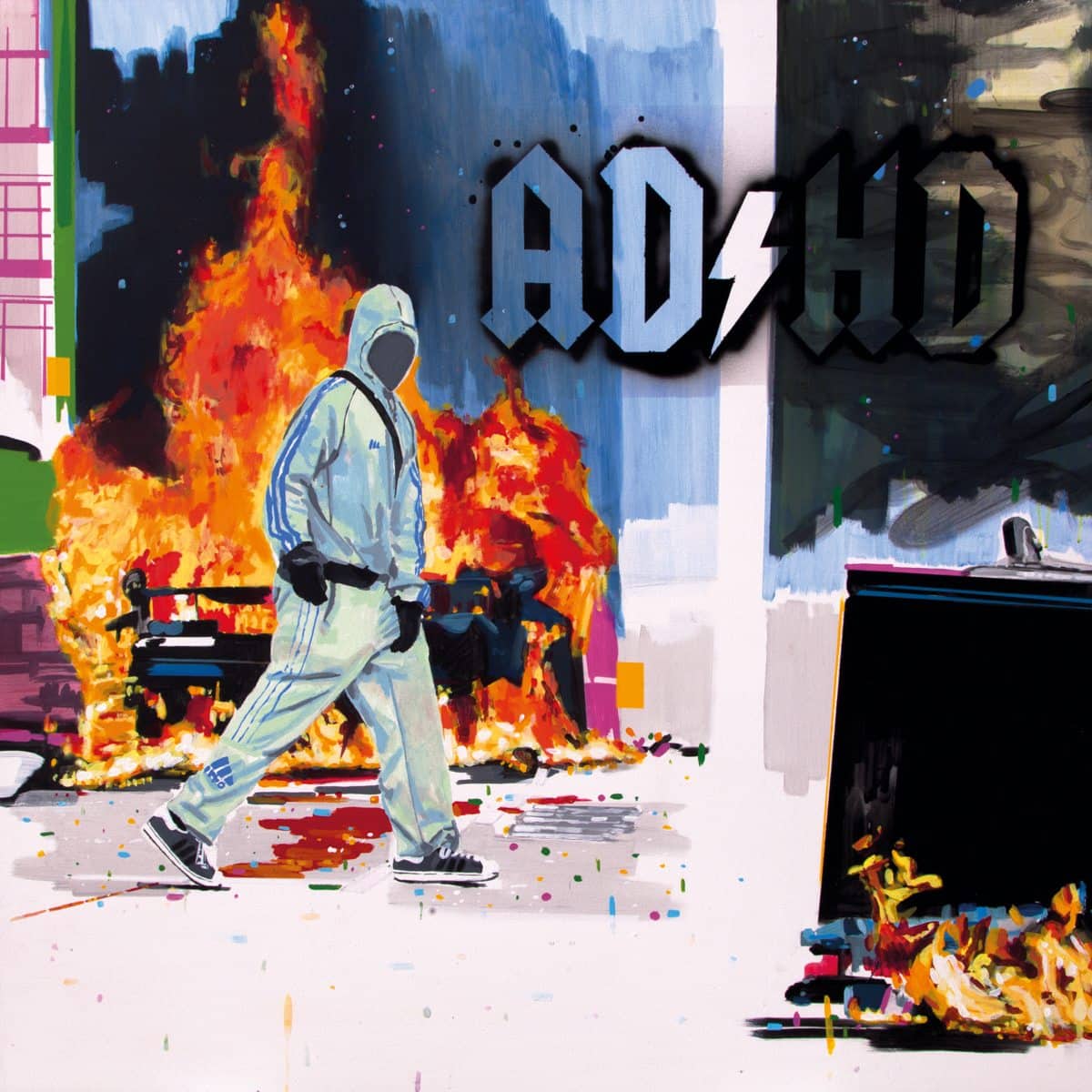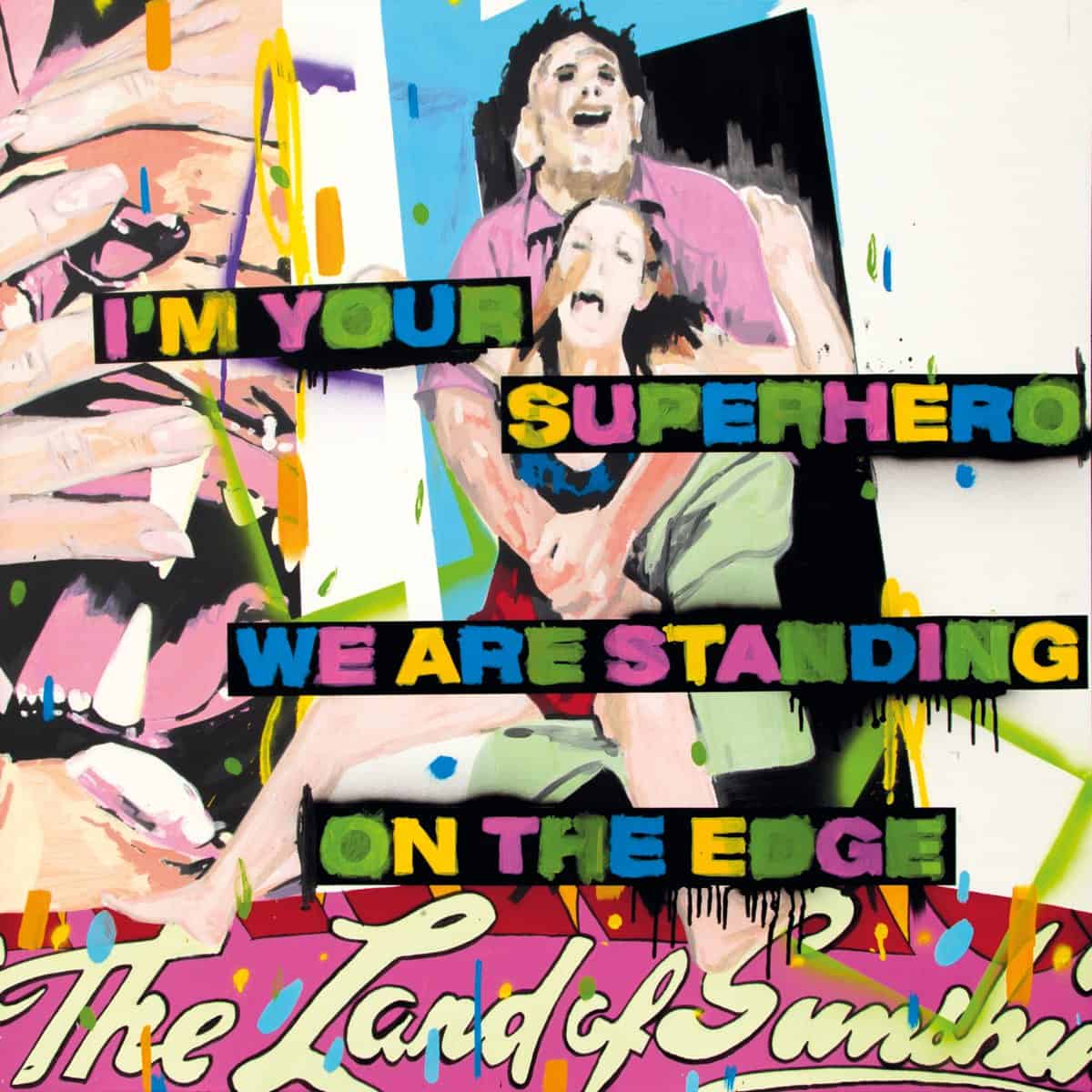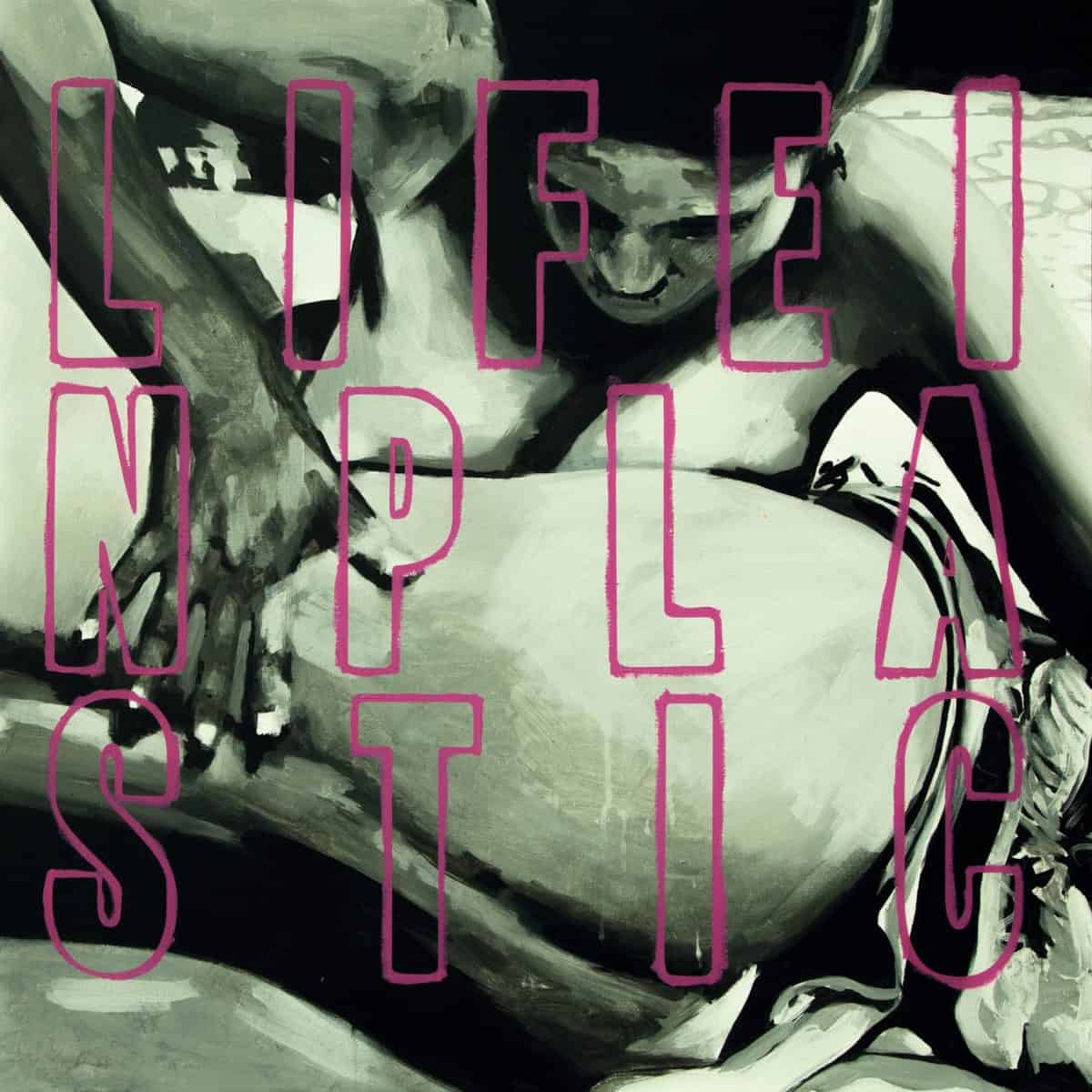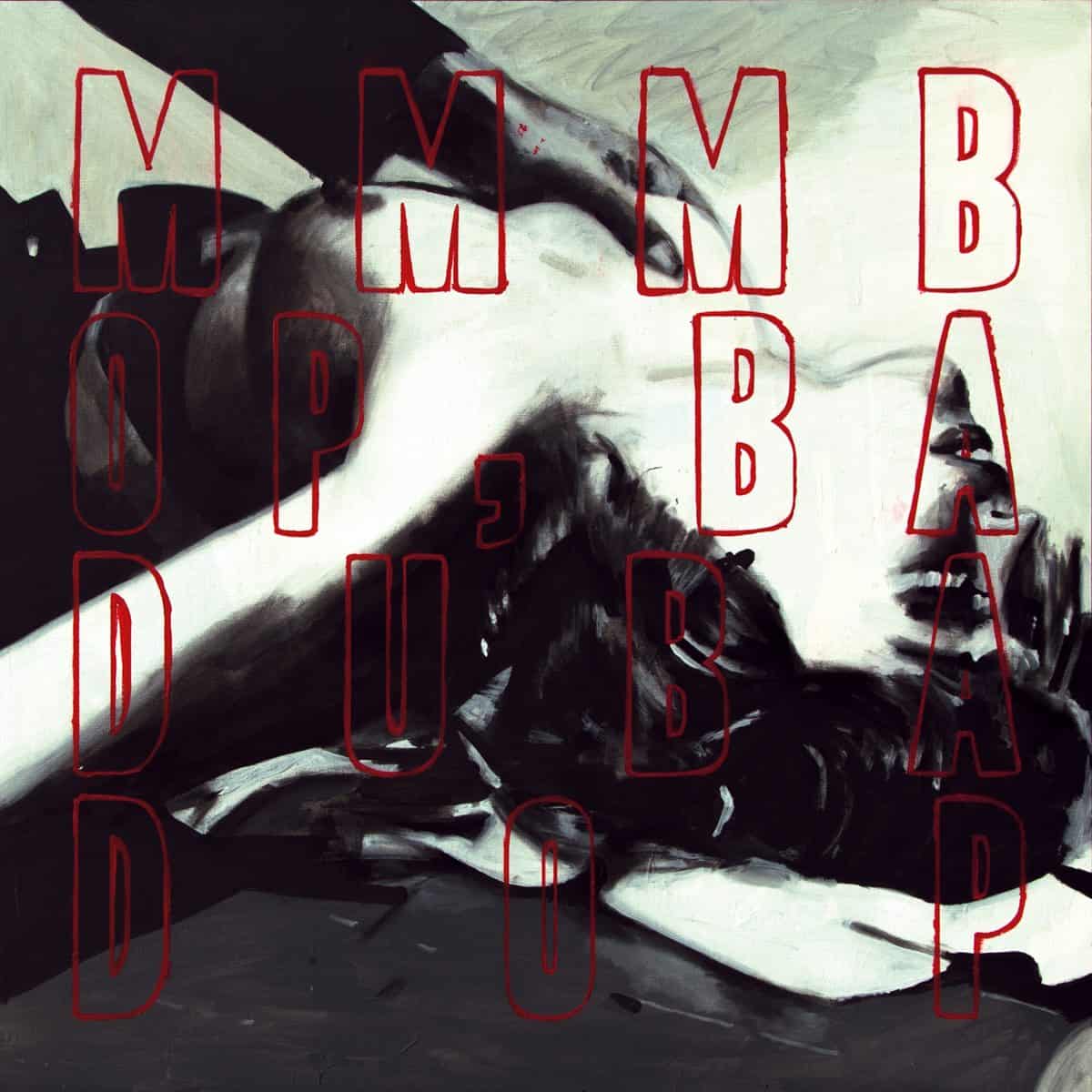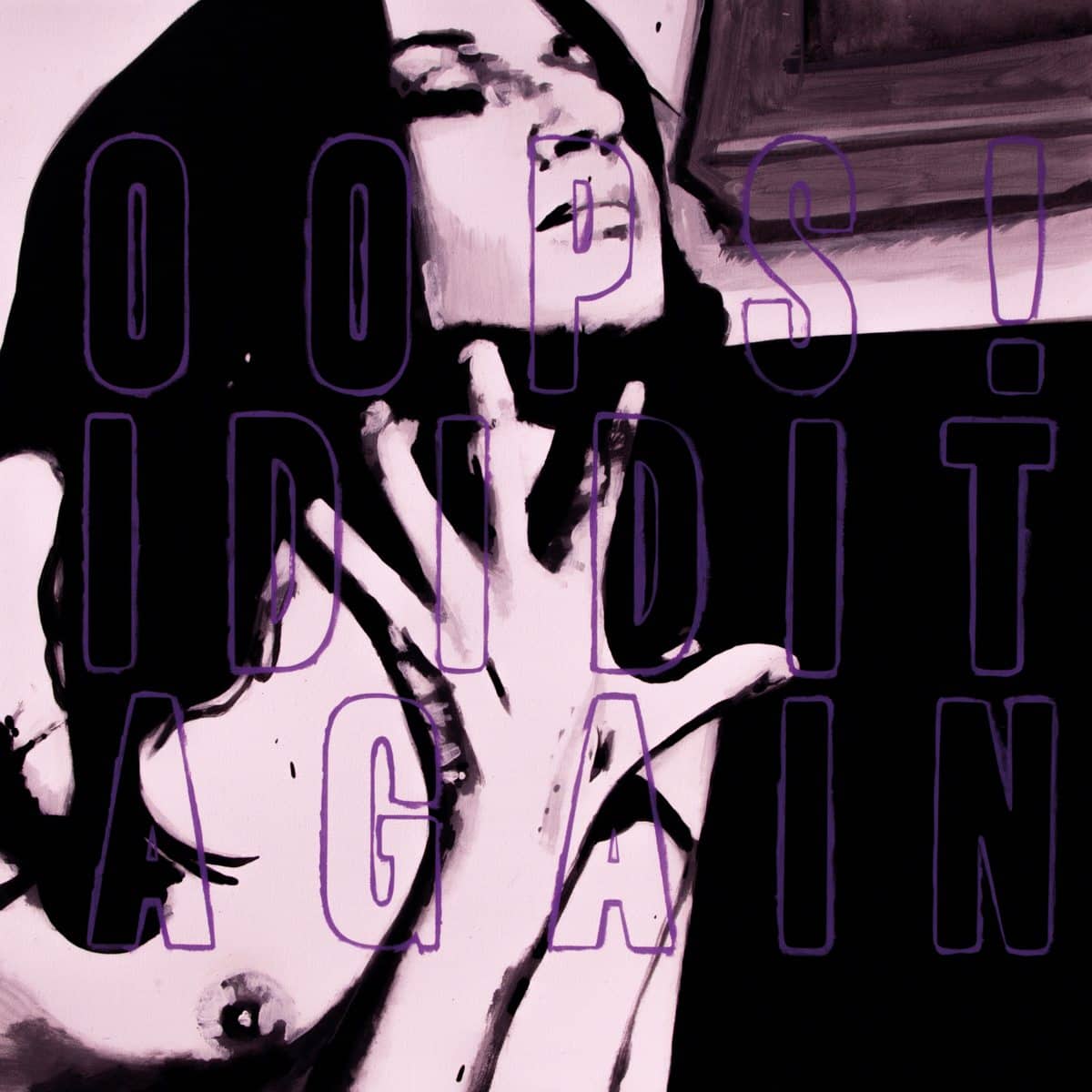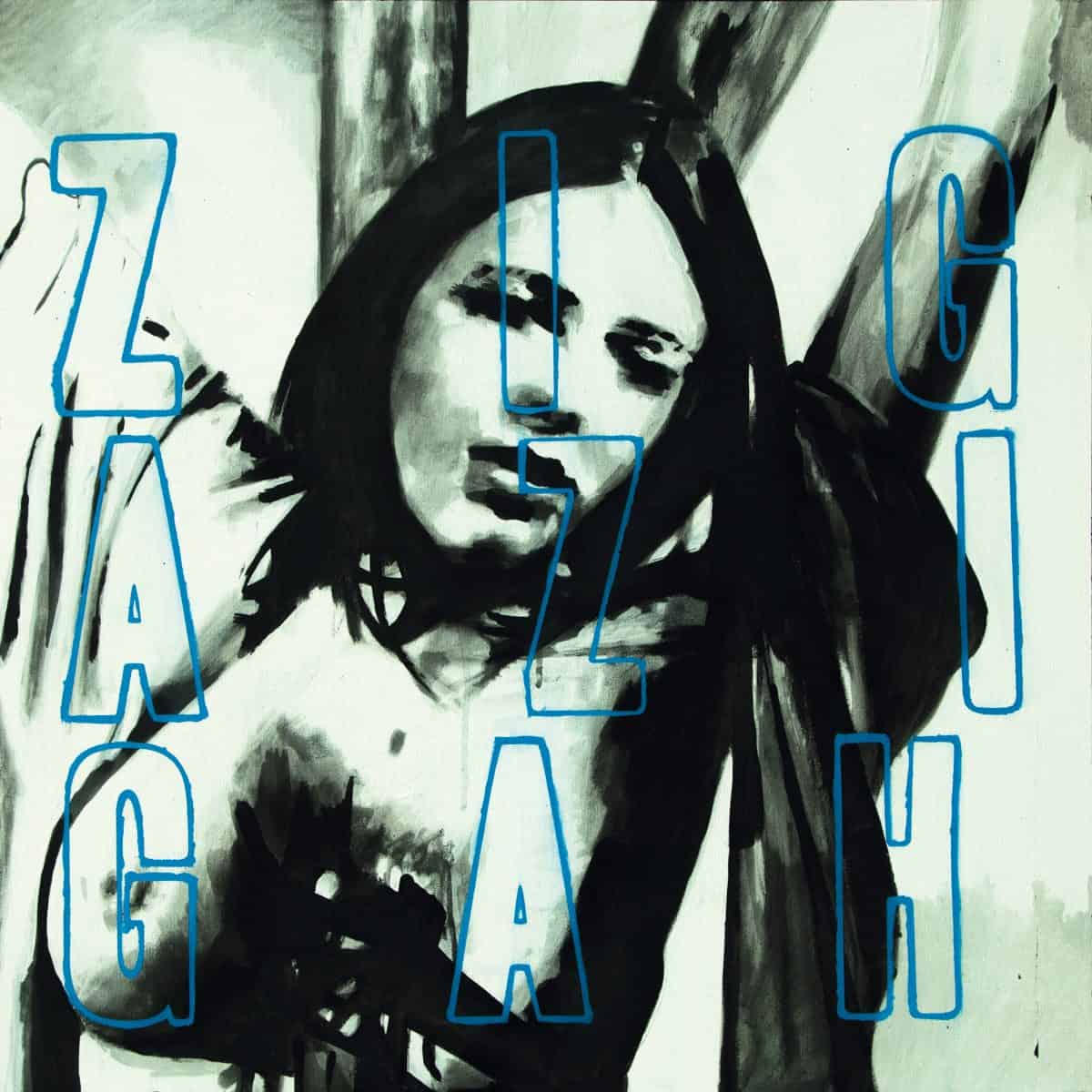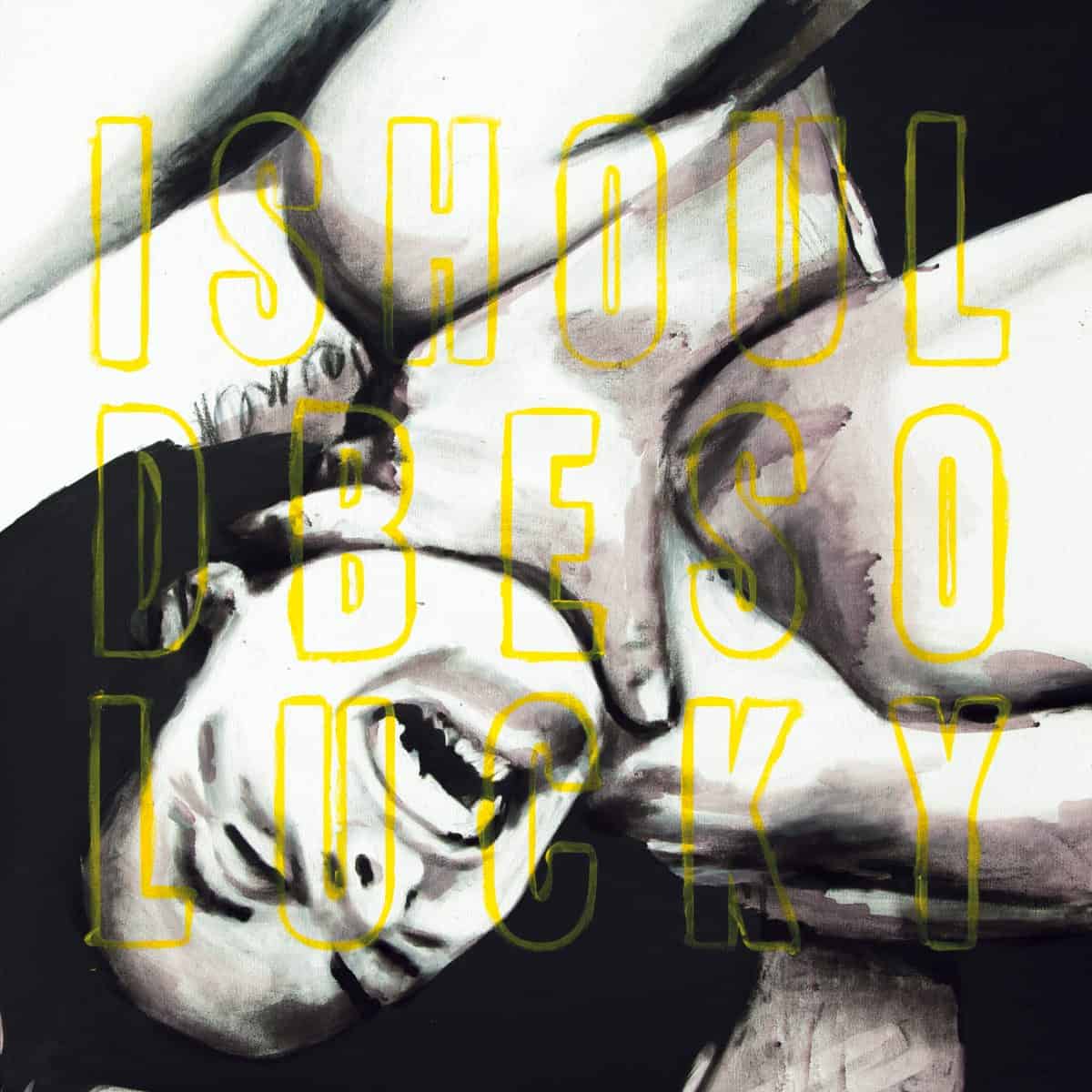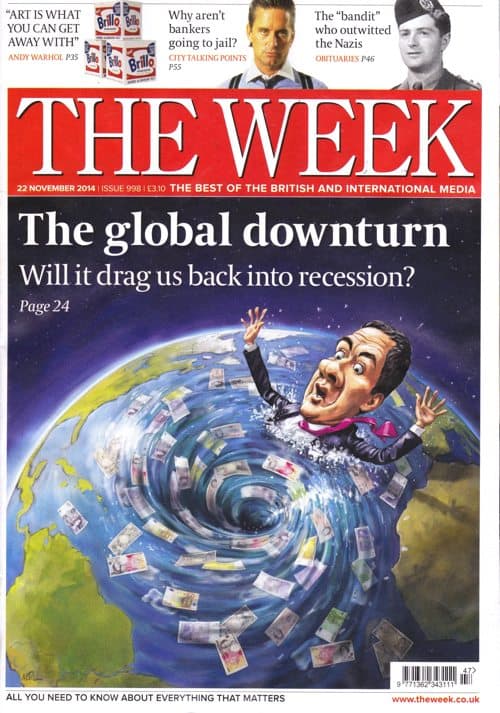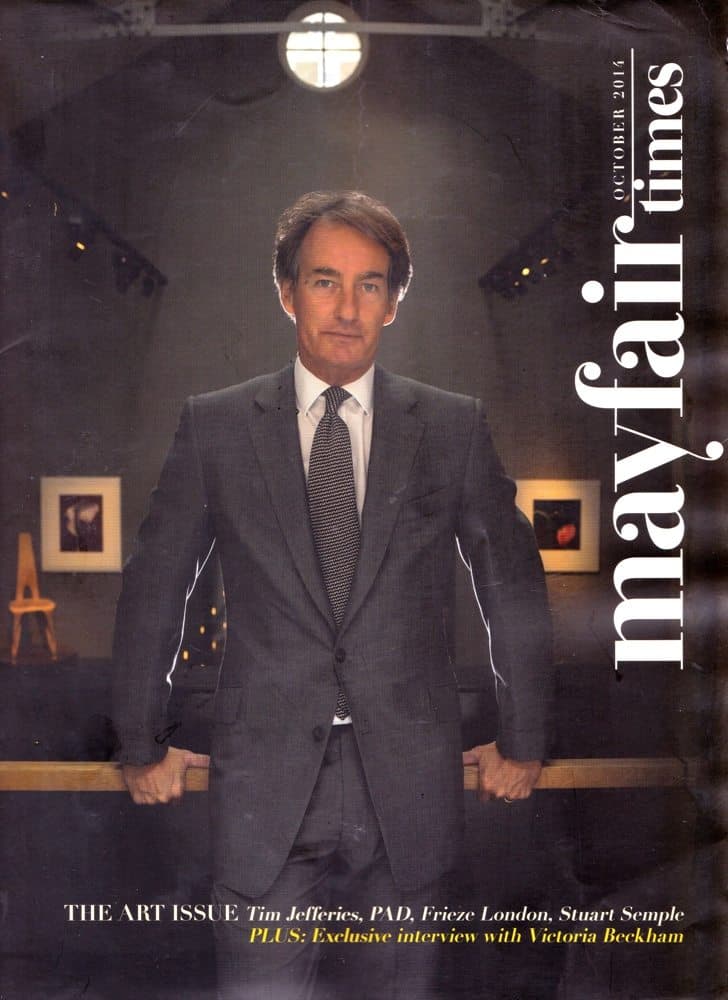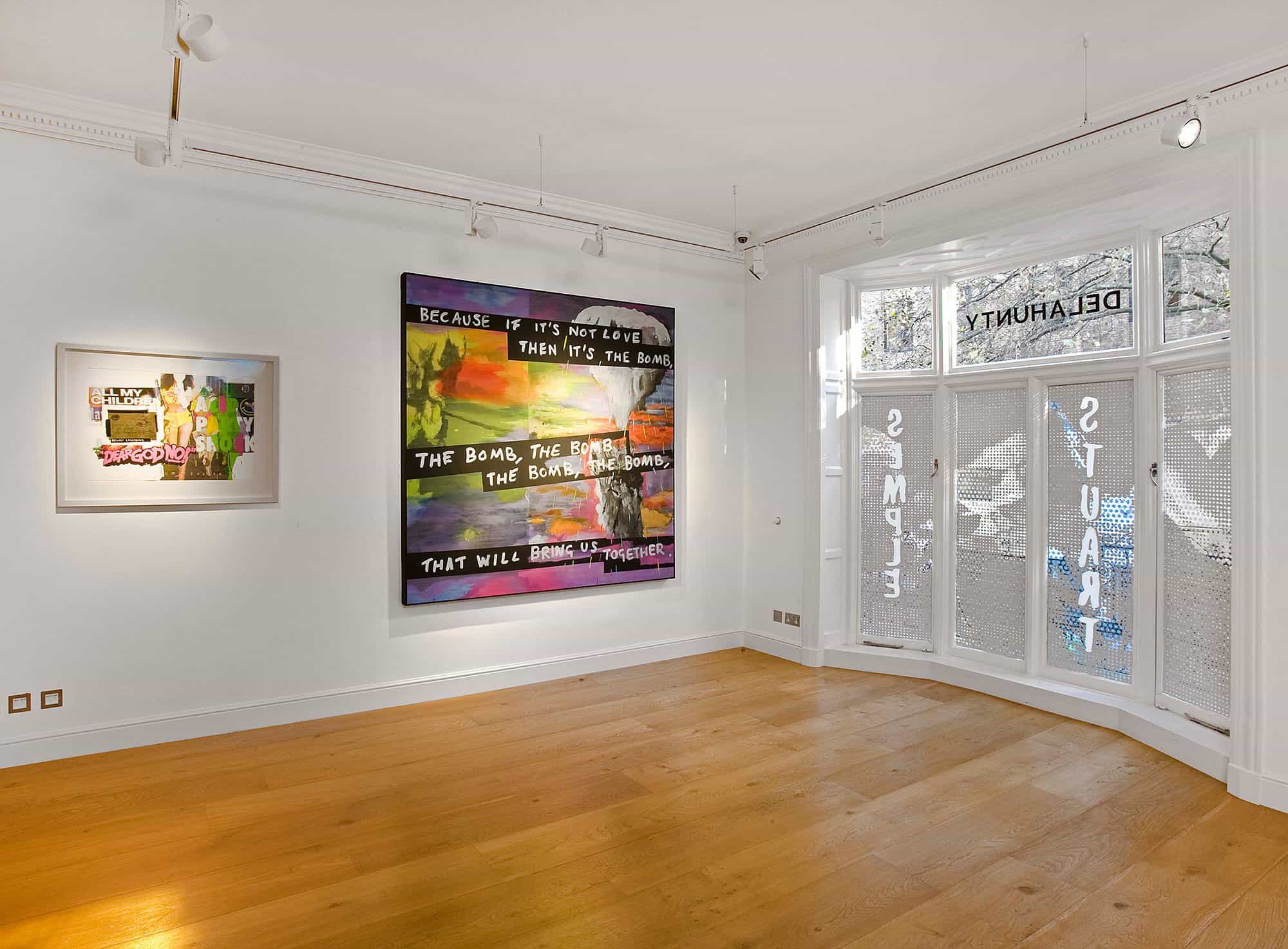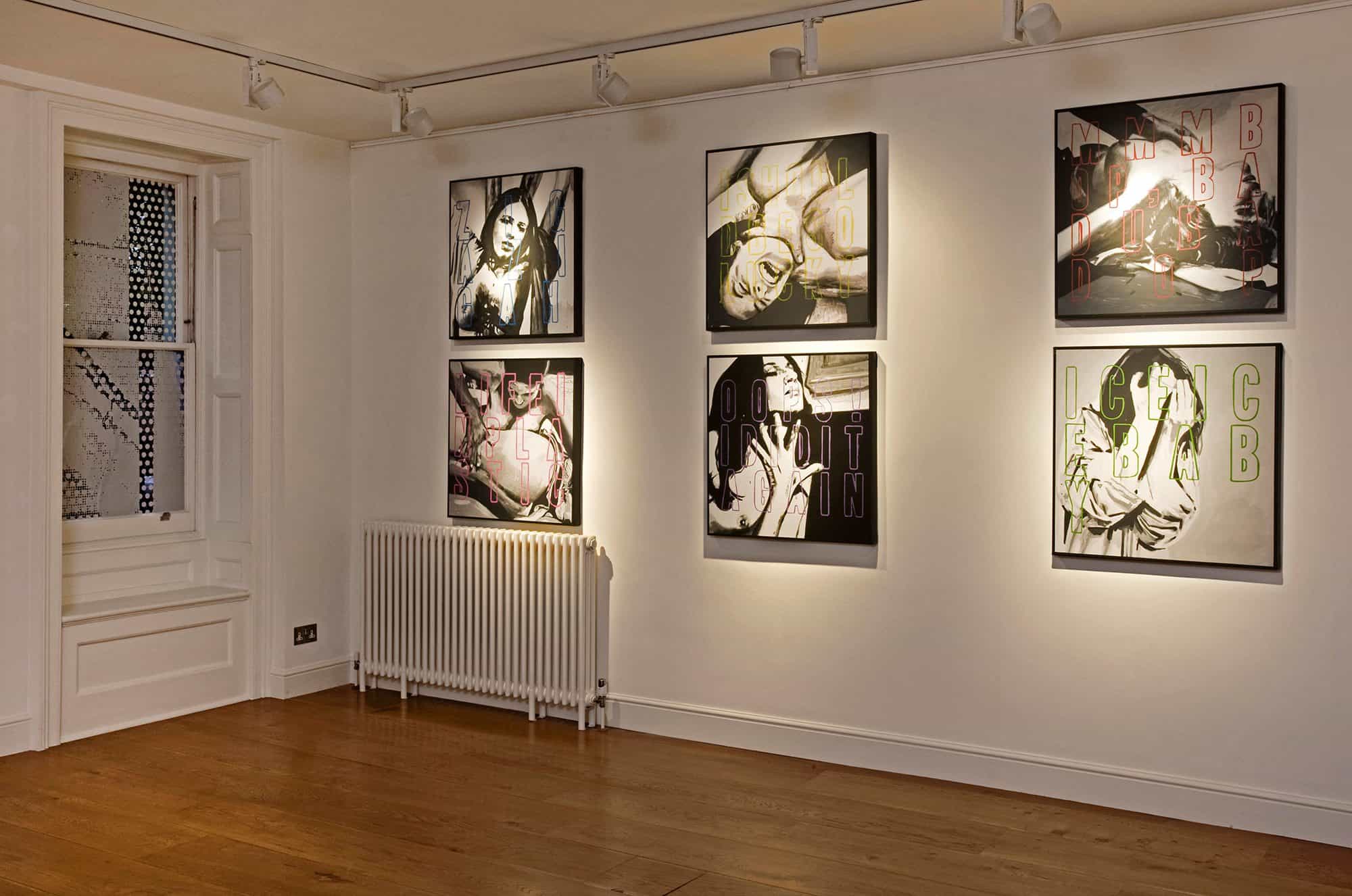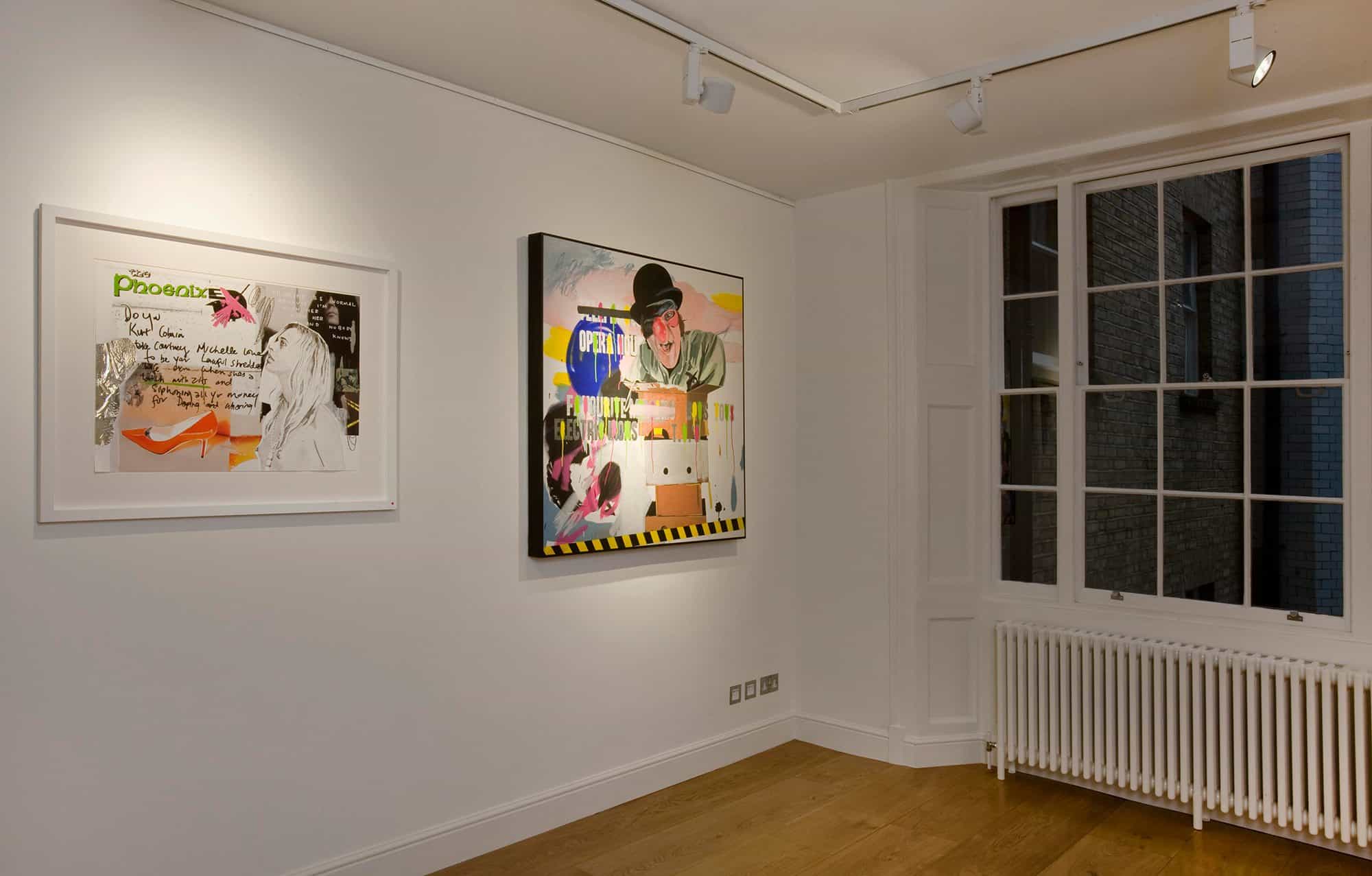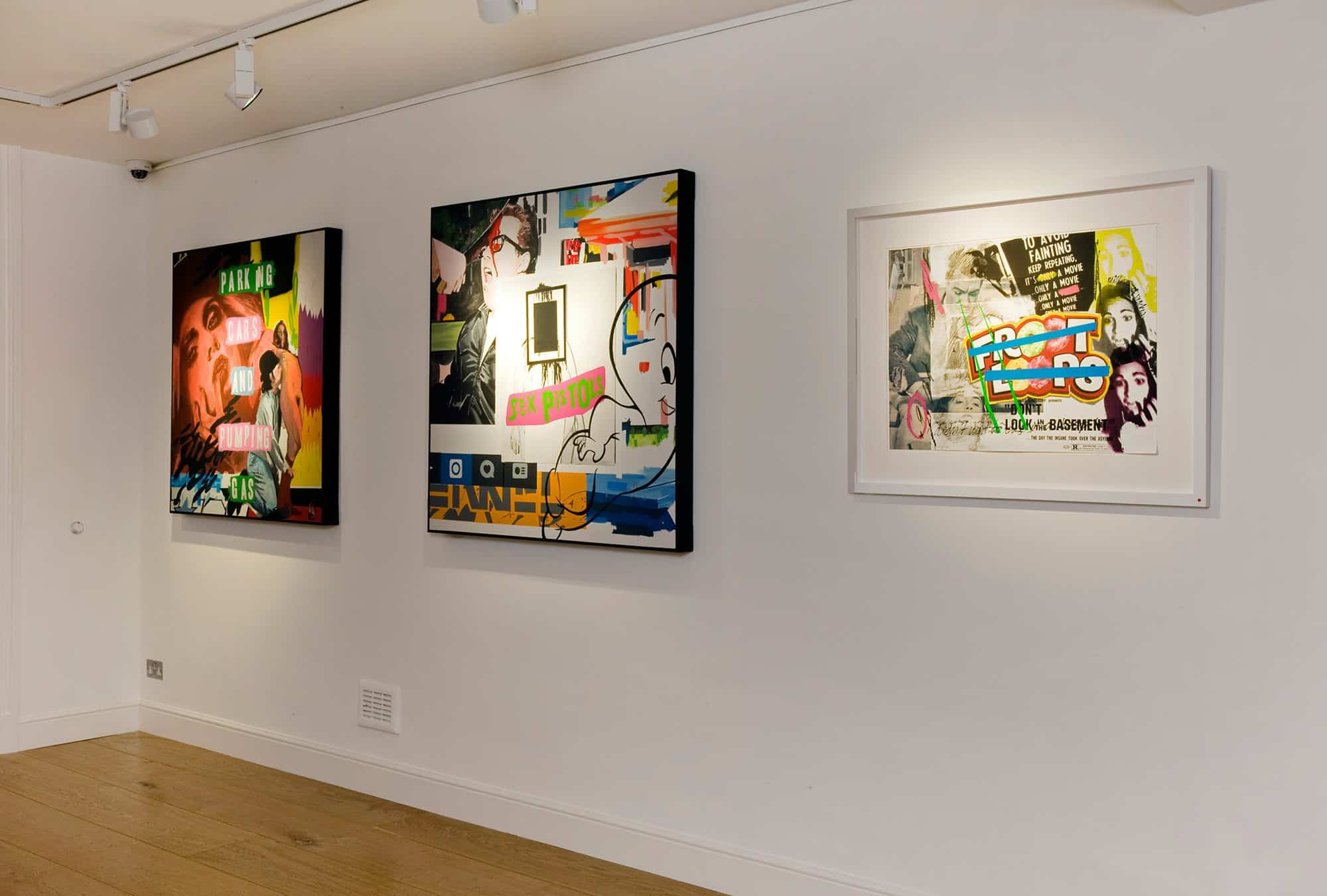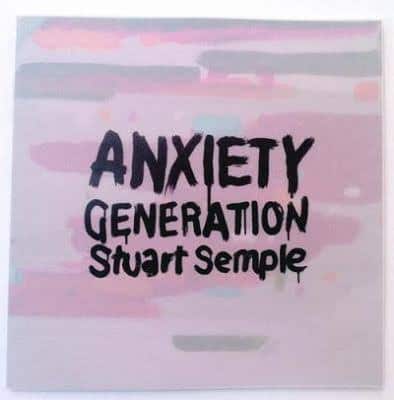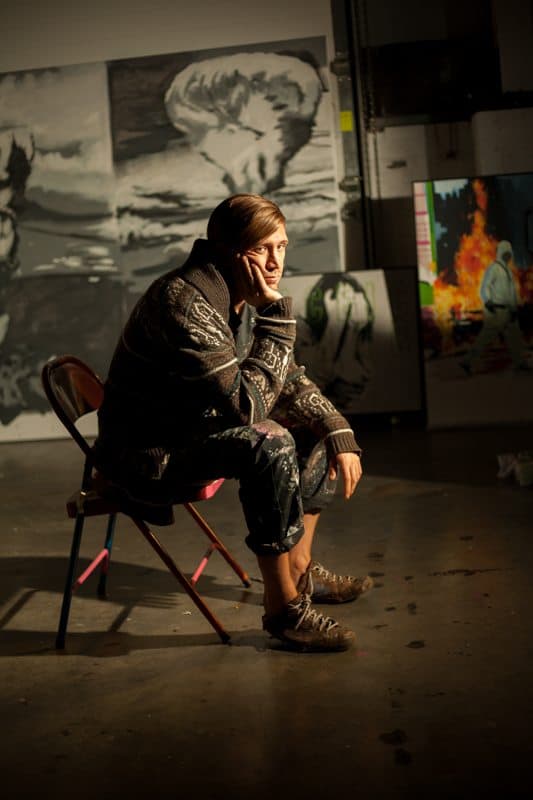THE PAINTINGS
click to enlarge
SHE DIED ON T.V
Digital print, gesso, india ink, acrylic, vegetable dye transfer, china marker & vinyl on Hahnemuhle German Etching paper 76 x 56 cm 2014
YOU ARE NOT ENOUGH
Digital print, acrylic, vinyl, china marker, foil & stickers on Hahnemuhle German Etching paper 76 x 56 cm 2014
CINDERELLA-PHOBE
Digital print, watercolour, acrylic, india ink, collage, foil, paint marker & graphite on Hahnemuhle German Etching paper 76 x 56 cm 2014
IT HURTS WITH EVERY HEARTBEAT
Digital print, acrylic, india ink, vinyl, china marker, glitter & stickers on Hahnemuhle German Etching paper 76 x 56 cm 2014
TERROR EYES
Digital print, acrylic, vinyl & oil pastel on Hahnemuhle German Etching paper 76 x 56 cm 2014
Maybe we could stay a while in heaven today?
Acrylic, charcoal, spraypaint & vinyl on canvas 120 x 120 x 7 cm 2014
LET’S SEE WHAT YOU COULD HAVE WON!
Acrylic, vinyl, oil pastel & paint marker on canvas 120 x 120 x 7 cm 2014
REVIEWS / MEDIA
THE EXHIBITION
“The contemporary sedentary is someone who feels at home everywhere, thanks to cellphones, and the nomad is someone who does not feel at home anywhere, someone who is excluded, ostracized.”
The Administration of Fear, Paul Virilios
ANXIETY GENERATION by Claire Hazelton“What we are doing is making children more insecure as our alarmist message becomes part of everyday life.” Frank FurediThe narrative that runs through Anxiety Generation eludes to idiosyncrasies of Semple’s generation – solitude, hostility, disillusionment – all causes of and/ or fuelled by a greater anxiety. The painting, Wanna Be Startin’ Somethin’ represents a directionless and, consequently, hostile youth culture; a faceless youth, dressed in a tracksuit strides through a burning landscape, evoking images of the 2011 London riots. He is reminiscent of the lost of Semple’s generation – those who, in a world where everything is instant, accessible and free – where socialising is a solitary activity – have nothing to fight for, those who start their own wars to find things to be passionate about. Semple explains that people are “suspended between two states”: the over-stimulation caused by saturated mass culture and the “unconscious coma state induced by […] that flickering media-flow which ultimately shuts us down.” People live desensitised from reality, in a content middle ground, failing to face any extremes/fears. Despite this generation being free, without the constraints of war or any other threat, ambition is kept just for children; as demonstrated by All The Stars That Never Were, childhood ambition becomes disappointment/ disillusionment with age and the onset of adulthood. The anxiety of the generation is one associated with being nothing, achieving nothing and meaning nothing. But it is also, too, one focused on something foreboding, an anxiety of missing something, perhaps, sleeping through life while socializing alone at a laptop, living through screens.
“The spectacle is not a collection of images, but a social relation among people, mediated by images.” Guy Debord, The Society of the SpectacleSemple proposes that to understand the predicaments of the current generation, we must remove time and distance the anxiety from the context that has shaped it. He explains, “Paint and its ability to convey an image is vital now, its place outside a digital space is an ideal arena to discuss where we are and more importantly how it feels to be here.”


